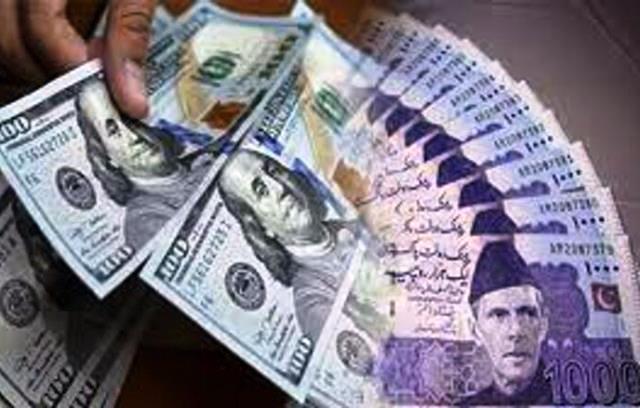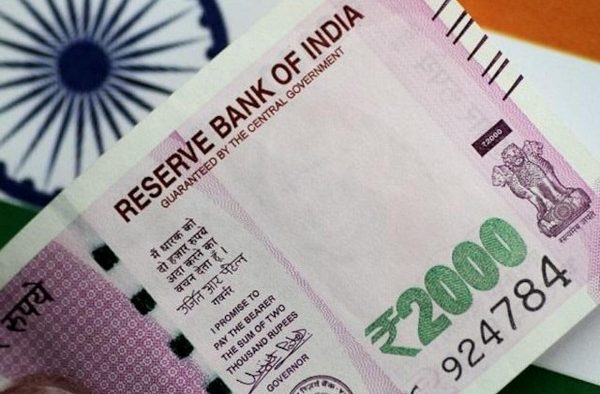With increasing oil prices weighing on traders’ sentiments, the rupee plunged to an all-time low of 82.22 against the US dollar in morning trade on Friday. Depending on the rising crude oil and US payroll data, the US Federal Reserve’s stance on monetary policy could also be determined. The rupee had closed at 81.88 in the previous session.
Manoranjan Sharma, chief economist, of Informerics Ratings, said, “the Indian rupee vis-a-vis the US dollar fell 3 percent over the last six sessions to nearly Rs 82.50 versus the dollar. There are both global and domestic factors responsible for this fall. The global headwinds include heightened uncertainties post the Russia-Ukraine war and consequently, risk-aversion and flight to safe havens.”
“Macroeconomic factors include sluggish growth, high inflationary pressures, rising trade deficit, current account deficit, fiscal deficit and foreign investors withdrawing money from the Indian markets together with limited scope for the RBI’s intervention because the forex reserves have fallen from US dollars (USD) 642 billion to USD 540 billion.” He added: “We see India’s current account deficit to be about 3.3 to 3.4 percent of GDP this year. There is a need for close monitoring and vigil on this score,” Sharma said.
Exporters should not be allowed to keep USD earnings beyond five days. The interest rate on NRI (foreign currency) account needs to be increased, Sharma opined, adding that the import duties on non-essential items needed to be increased.
Banks need to be advised by the RBI to start special USD-fixed deposits drive for a maturity ranging from 6 months to 2 years, with enhanced interest rates.
Aditi Singh, economist, at the Bank of Baroda, said, “This was mostly like a reflection of the US data that came out yesterday. There is an anticipation that the US payrolls report will come today leaving some nervousness in the market. The dollar is continuing to strengthen because of that, and that is the reason we are seeing pressure on other currencies. 82 level is breached and we probably see the rupee moving towards 82.5 to 83 level.”
“In comparison to currencies of advanced economies, the rupee had relatively performed relatively better. So, if you see the advanced economies like the yen or the euro or the pound, these currencies have depreciated much more and when you compare it even with the strength in the dollar index, the dollar has appreciated by close to 20%. So, INR has performed relatively more rational, more strength than other currencies and that is because of the strong domestic fundamentals of the Indian economy that is reflected,” Singh said.
Read More:http://13.232.95.176/


